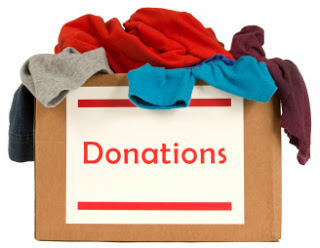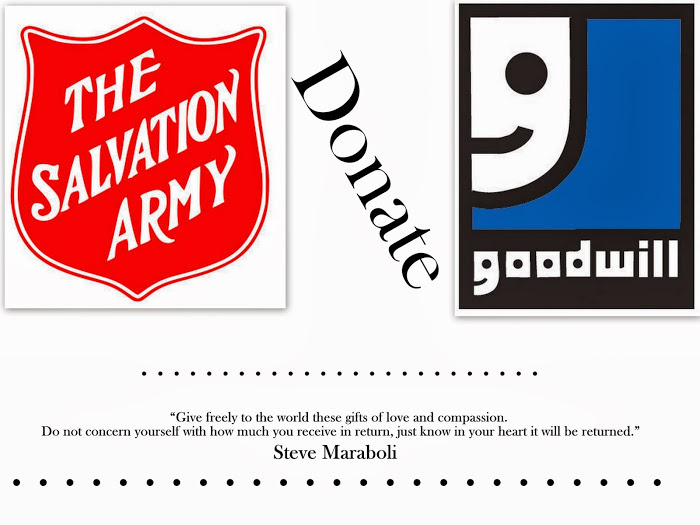Although I’m one who loves to scourer local thrift and consignment stores for fabulous vintage and hi-end finds; I also believe in donating to the cause. With the holiday season in full swing, many families in need often turn to charity organizations like Goodwill, The Red Cross, Salvation Army and the likes as an economical way to provide for their loved ones. Recently, I’ve noticed quite a few clothing drop boxes throughout the city and often wondered where the clothing items will ultimately end up. Well the truth seeker in me found the answer. A local news station recently conducted an investigative report on this and the results were kind of shocking. So I ask this question. Do you know where your donated items are going? Is the entity for profit or non? To many, if their initial intentions were to discard the items in the trash, then I guess it really doesn’t matter where these items eventually end up.But for some, helping someone in need is the ultimate goal.
- Research: A little research goes a long way. Call around and ask questions like is your organization for profit or non for profit? Where are my charitable goods going? What percentage of my donation is for profit? How does the charitable organization benefit the community.
- Consider Your Options: There are many charitable entities other than the popular Goodwill or Salvation Army. It’s pretty easy for these organizations to pop in our minds; but there are other options like shelters and refuges as donation options.
- Branch Out: Unfortunately circumstances like natural disasters like earthquakes, typhoons, hurricanes, etc are the perfect times to extend a helping hand. The recent typhoon in the Philippines is a perfect example. Simply visiting the websites of reputable charitable organizations for information on how to donate internationally is a great start.
- Call for Pickup: Some charitable organizations will arrange for donation pickups. You don’t even have to leave the confines of your own home.





